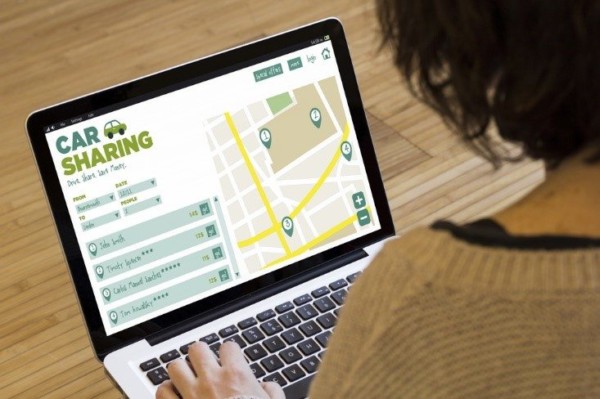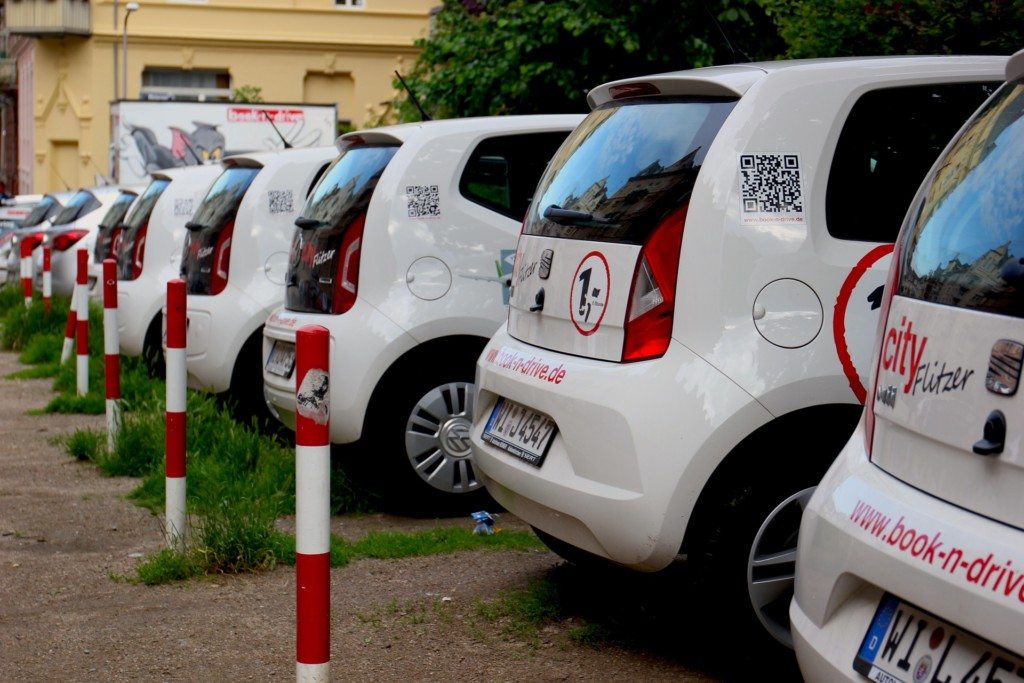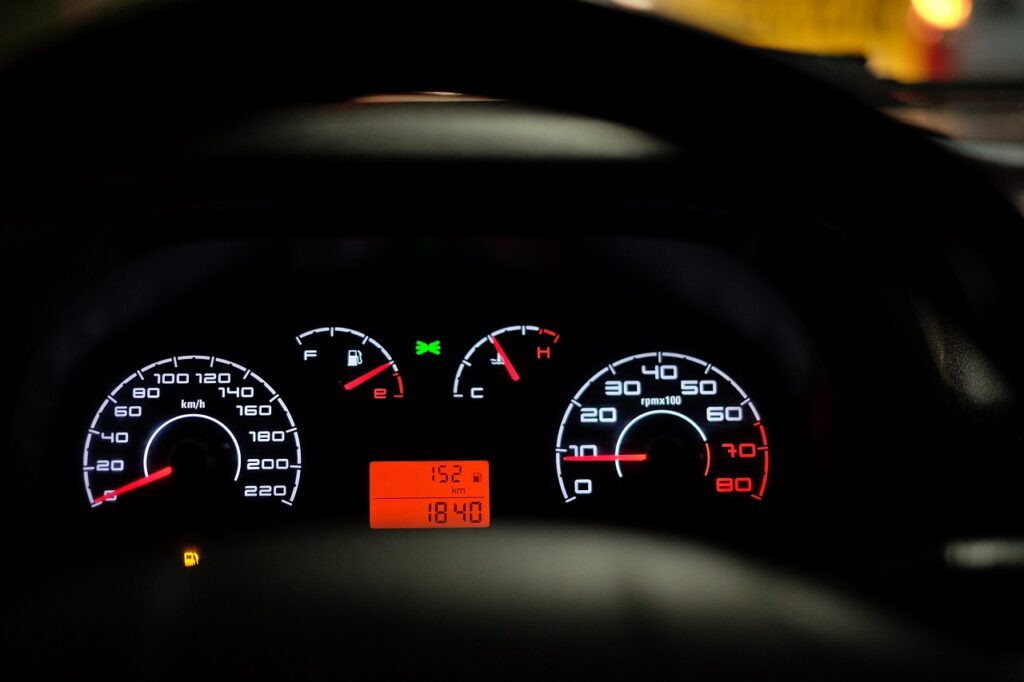 Technology has been creating and disrupting industries across the globe for many decades now. When it comes to the automobile sector, one clear space where tech is having an impact is in carsharing. While in the past people who needed temporary access to wheels had to borrow a vehicle from a friend or family member, or pay to rent a car for a whole day or week, today carsharing websites are linking car owners with drivers and creating a whole new way of getting access to four wheels. If you’re keen to learn more about how you can take advantage of a car-sharing service, read on for the lowdown.
Technology has been creating and disrupting industries across the globe for many decades now. When it comes to the automobile sector, one clear space where tech is having an impact is in carsharing. While in the past people who needed temporary access to wheels had to borrow a vehicle from a friend or family member, or pay to rent a car for a whole day or week, today carsharing websites are linking car owners with drivers and creating a whole new way of getting access to four wheels. If you’re keen to learn more about how you can take advantage of a car-sharing service, read on for the lowdown.
What Is Car Sharing and How Does It Work?
A particular type of car-rental system, car sharing involves individuals (or sometimes businesses) renting out their vehicles for a short amount of time, such as an hour or two, to customers. Most transactions are arranged through a third-party service that connects car owners with those needing access to a vehicle for a particular period.
While traditional rental car programs typically require people to hire vehicles for a whole day or more, car sharing is perfect for those who only need some wheels briefly. For people who don’t need to drive often, car sharing is much more affordable than owning a car, since only the usage of a vehicle is paid for.
To make use of a car-sharing service, start by selecting a provider. There are many options on the market these days, including Ridecell, Zipcar, Car2go, and many more. Note, though, that while large cities tend to be serviced by numerous car-sharing organizations, smaller locations may have a limited choice of operators.
Usually you will need to fill out an online registration form on the service provider’s website or app, and then select a plan based on the amount of hours each month that you will need access to a car, and/or the number of miles you plan to drive. Most car-sharing companies include gas costs and insurance in their various plans, but will get you to top up the tank using a supplied fuel card if the gauge falls below a certain level.
Once you are an approved member, you can go online to find out where the closest vehicle is to your current location, or to search a map of your area for available options. You can reserve your choice online or via the program’s app, and use your membership card, smartphone, or other system to unlock the car’s doors when you arrive. You can refer to instructions provided by the service on where to locate the car key, too — for example, it may be hidden inside the vehicle or contained within an on-site lockbox.
 What Are the Major Benefits?
What Are the Major Benefits?
There are numerous benefits to be enjoyed in utilizing a car-sharing service. For starters, if you need a vehicle in the middle of the night, early in the morning, on a weekend or at the last minute, you can look online to find a car in your preferred area. You don’t need to wait for a car-rental company to open for business hours, or to make your way to the airport or some far-away suburb where a car-hire outlet is located. Depending on your location, you might be able to access a vehicle that is right on the street near your home, in a parking garage close to your office or hotel, or in some otherwise convenient location.
Saving money is another major plus. As mentioned above, unlike with owning a vehicle you don’t have to pay thousands of dollars to purchase a car, or the high costs involved with registration, insurance, repairs, and maintenance. Similarly, car sharing is cheaper than car-hire services when you only need access to some wheels for a short time, as opposed to 24 hours or more.
A fun part of utilizing a car-sharing program is that you get the chance to drive all sorts of different makes and models of cars. Instead of being tied down to the one that you own, you can test drive everything from luxury sedans and sports cars to electric cars, SUVs, and more.
The environment also benefits from car sharing. Because different people end up using the one vehicle, as opposed to owning individual ones, this leads to fewer cars needing to be manufactured and running on the roads. As such, less resources are used on the production side of things, and less pollution (air and noise) is emitted and less gas used.
In addition, when there are fewer cars on the roads, governments don’t have to allocate as many resources and land holdings to creating parking infrastructure and wider roads. In turn, this allows limited resources to be dedicated to the development of green spaces and other helpful things.
- SEO Misinformation – and How to Avoid It - September 26, 2019
- Cyberthreats Your Business Isn’t Prepared For - March 12, 2019
- Why You Shouldn’t Go DIY With Home Security - January 27, 2019




Comments are closed.